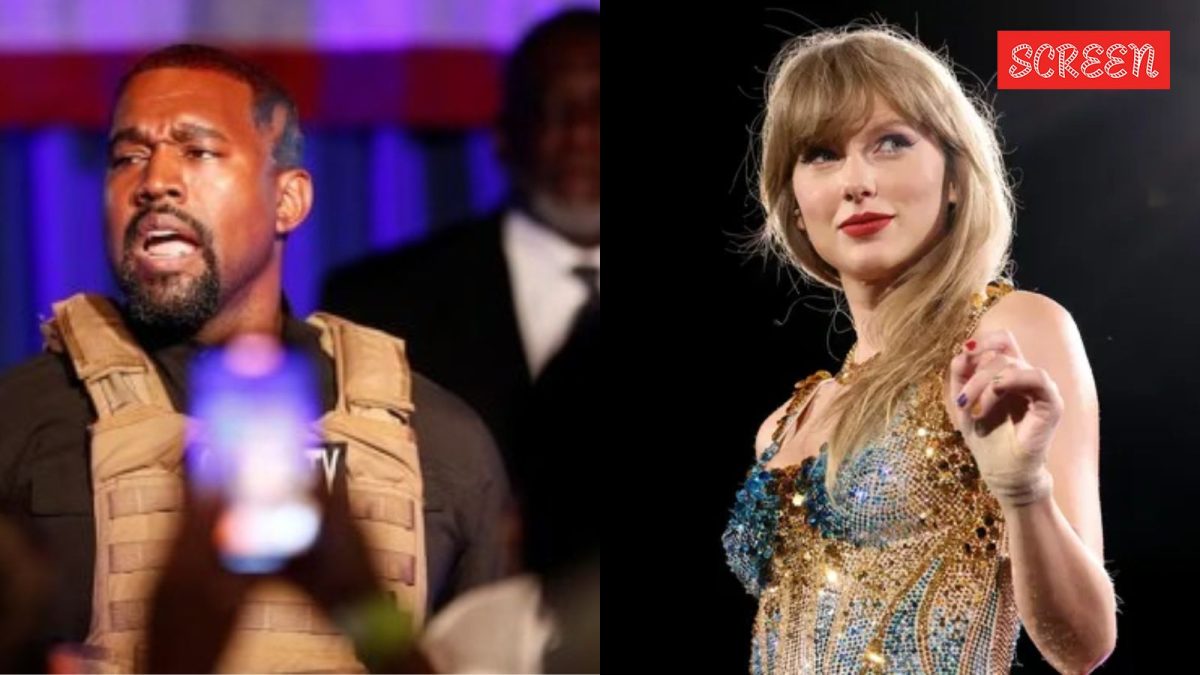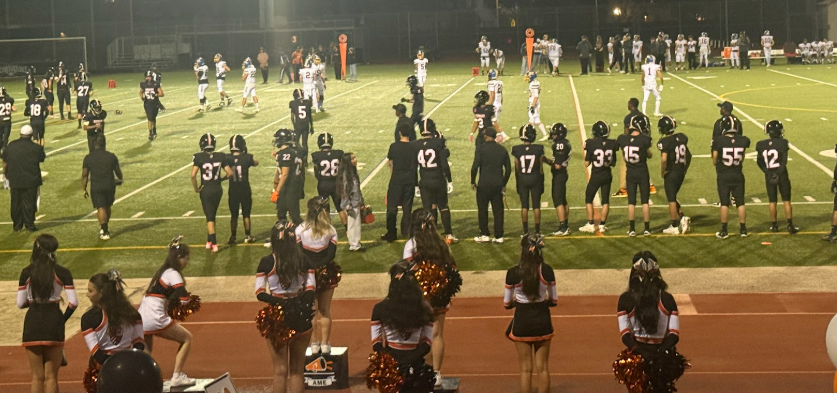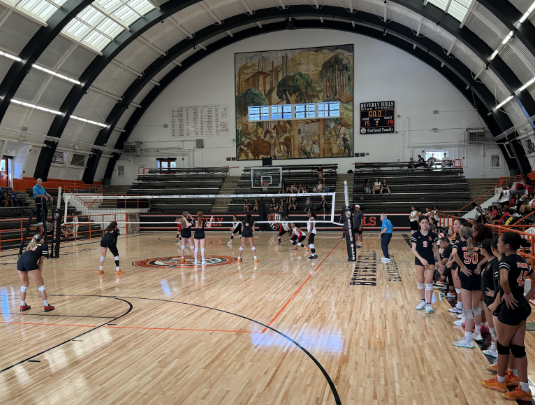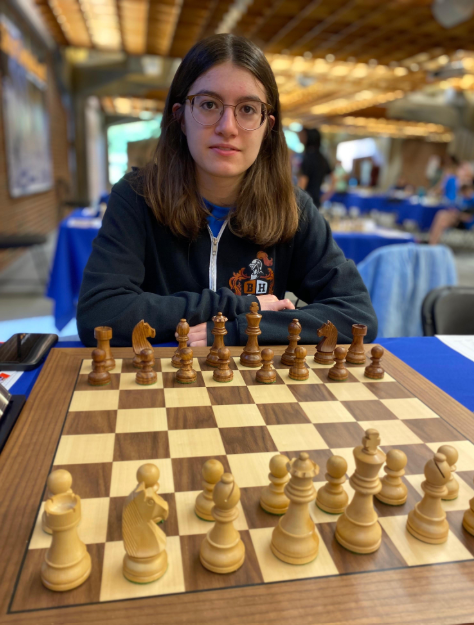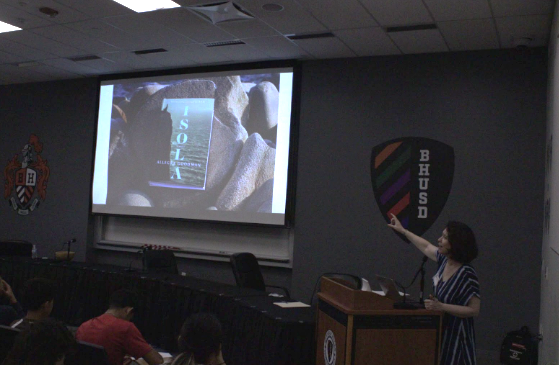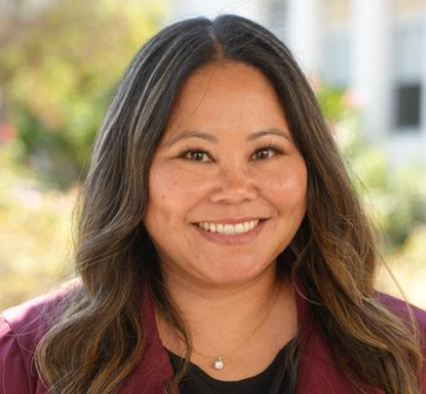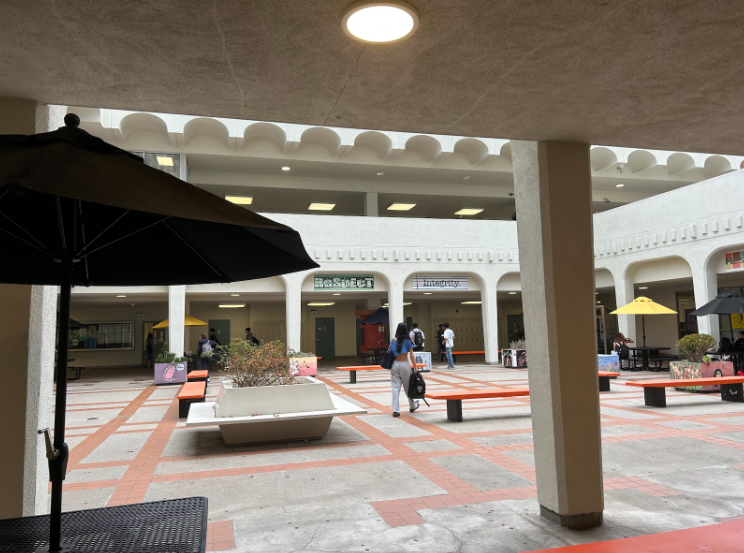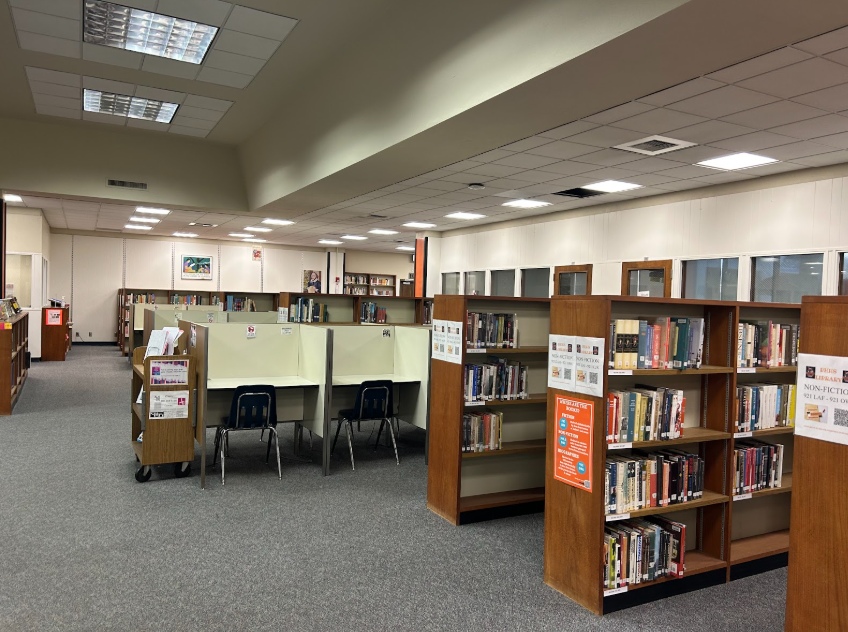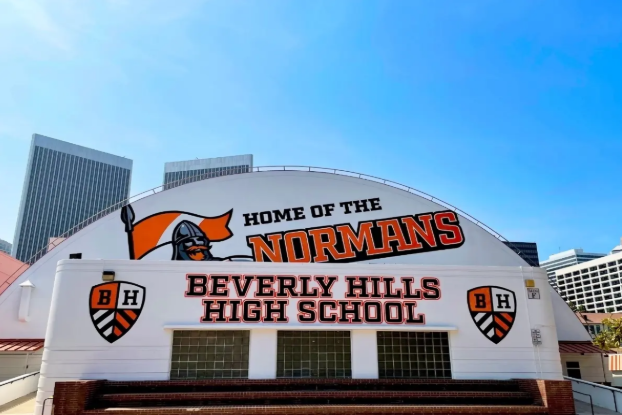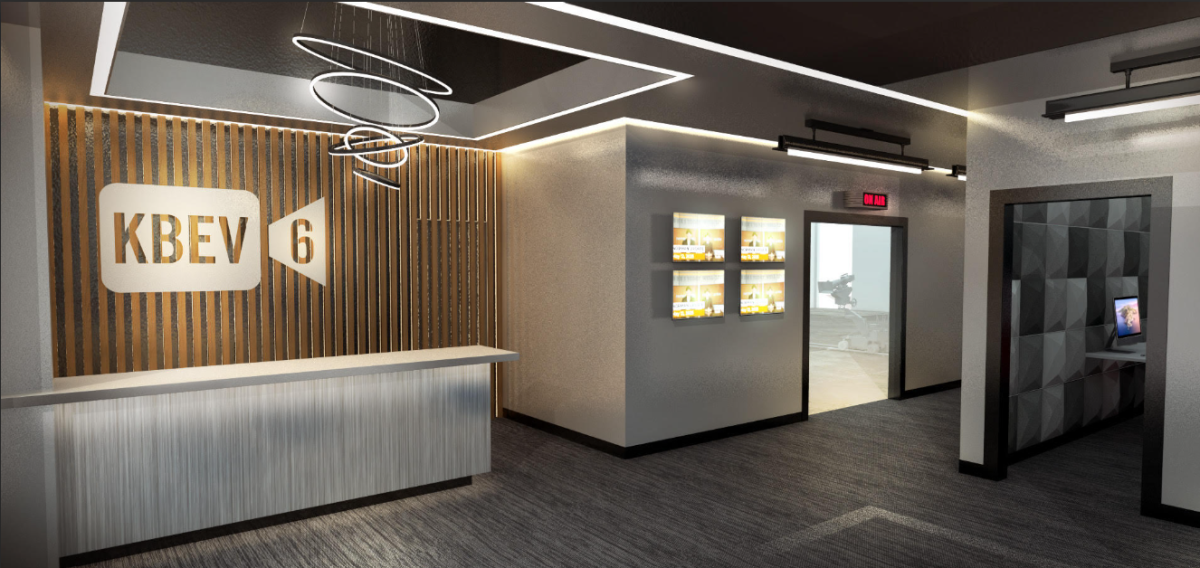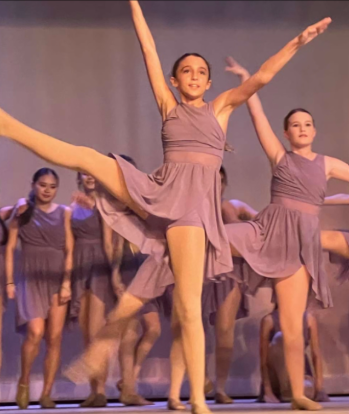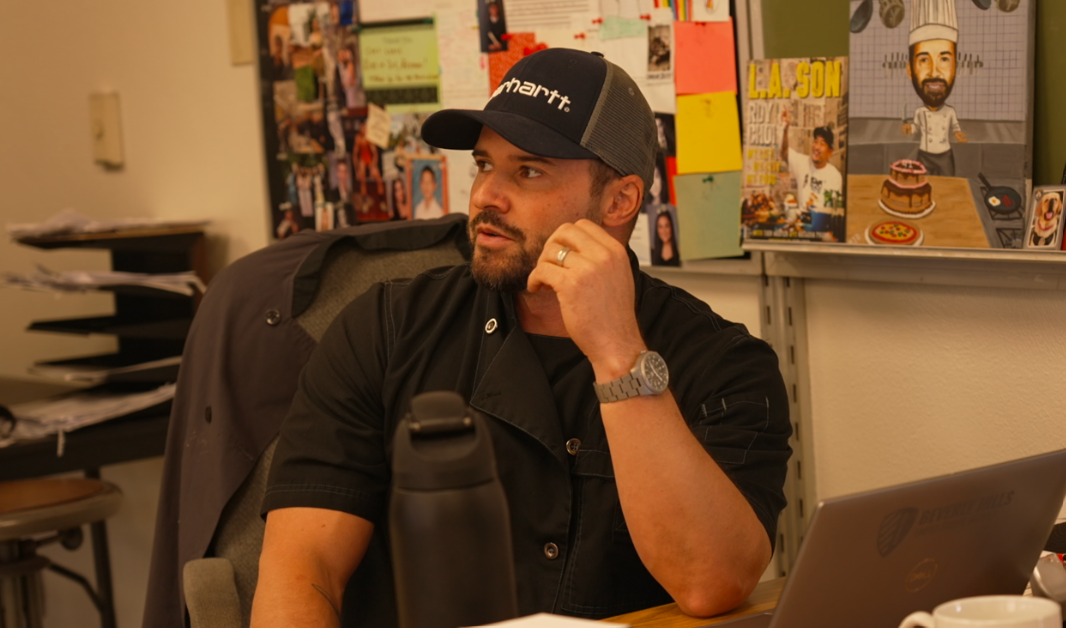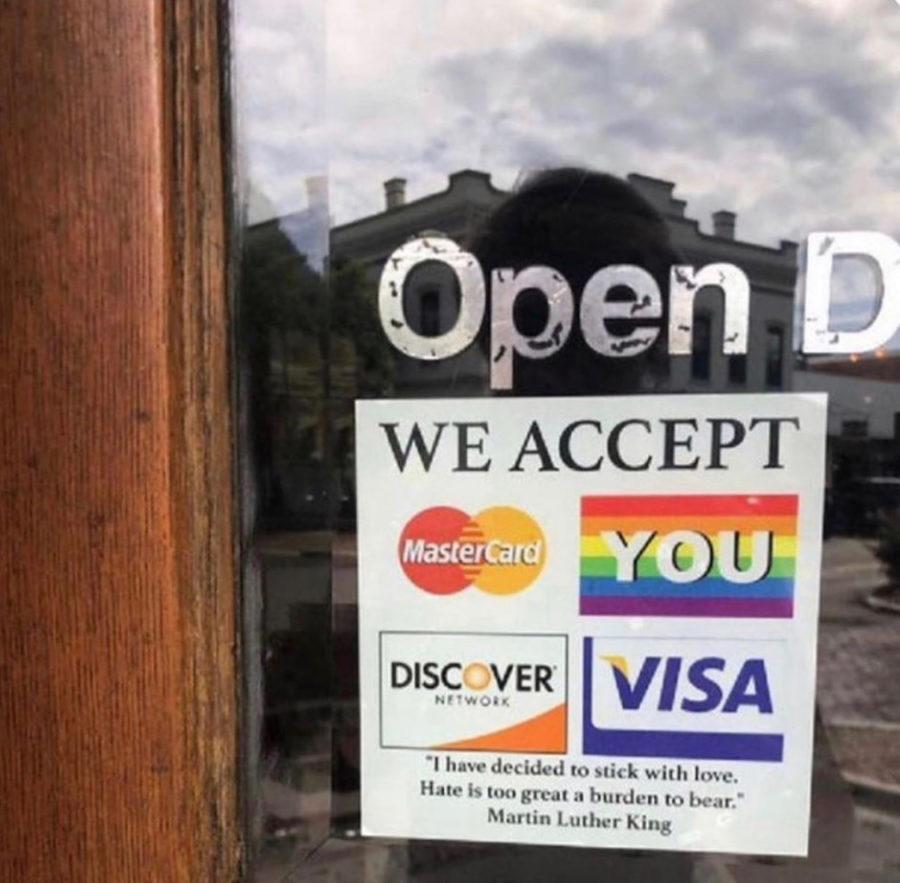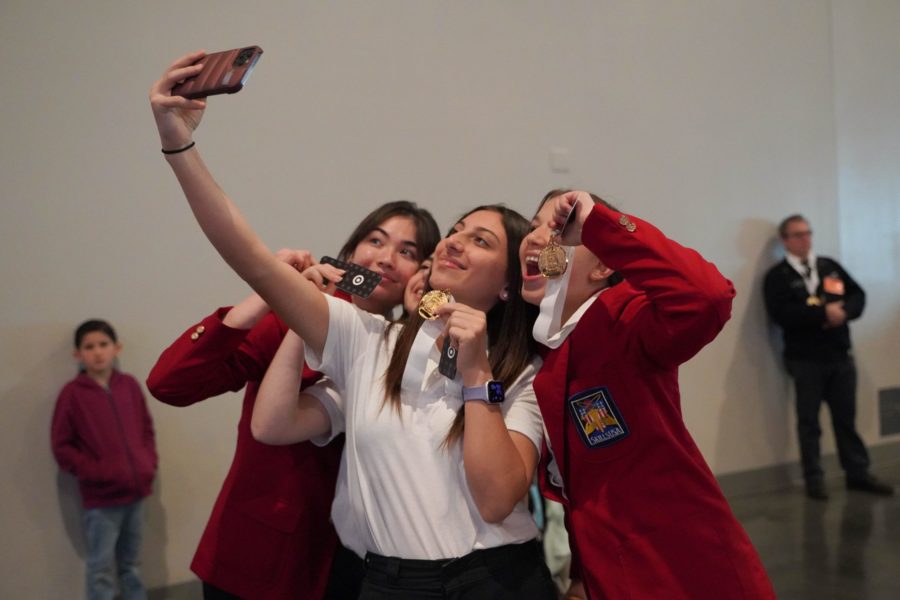Alya Mehrtash editor-in-chief
Candice Anvari staff writer
Emma Newman staff writer
When junior Warren Jacobson took health as a freshman, he raised his hand to ask a question about sexual health. Instead of receiving an answer to his question, he was met with a student who asked why he couldn’t “just research that on your own” and a teacher who did not know enough about the subject to inform her student.
The reason he was met with this response was because his question was about gay sex.
Since then, students in the Gay-Straight Alliance club (GSA), including vice president Jacobson, and administrators have been working to establish a more LGBTQ+ inclusive health curriculum.
The club leadership at GSA has specifically been working to create an anonymous way for students to opt into an optional information session on the sexual health of people in the LGBTQ+ community. Administrators Superintendent Dr. Michael Bregy and Assistant Superintendent of Education Services Dustin Seemann have been working to adapt the curriculum to include this type of information in the health class and other classes.
Curriculum
Seemann and Bregy have been planning to incorporate LGBTQ+ information both into the health and everyday curriculum at the high school and middle schools as a part of the district’s new Diversity, Equity and Inclusion (DEI) initiative.
So far, the district has participated in these efforts by bringing in the Prism Institute, a group that focuses on educating “individuals, institutions, and communities,” including elementary, middle and high school students and teachers about LGBTQ+ information, such as specific terminology and laws.
“Those are the types of things that are happening behind closed doors that maybe the students aren’t aware of: that we’re trying to build that capacity in our adults to be able to have those conversations and identify areas to include first person narratives into the conversation,” Seemann said.
Bregy, however, believes that the district’s efforts should extend outside of the realm of training teachers and staff, which he finds to be “offensive” because he does not see it as a way of addressing the true issue.
“Making someone aware isn’t part of how we teach and how we learn,” Bregy said. “I’m not saying that training shouldn’t happen because it should absolutely happen, but it’s more meaningful if we put that work into all of our classes by having a variety of authors and having a variety of curriculum pieces.”
Some of these pieces include aspects of health education, an issue that science teacher John Castle, a gay man, is particularly passionate about.
“I think [an LGBTQ+ inclusive sex education curriculum] helps [students] make better decisions about their health, their lifestyle, and making sure that they’re safe,” Castle said.
He believes that this should be a priority to prevent students in the LGBTQ+ community from using misinformation from the Internet, which he finds problematic.
“If we’re not giving students this information…they may be going down wrong avenues and getting bad information, which could eventually jeopardize their lives, so it’s very important that we give them actual information that they can use to make… healthy decisions,” Castle said.
Bregy agrees that there is a “missing aspect” of the health curriculum that would address the concerns of LGBTQ+ students.
“We have to find places in our curriculum and subject areas to add new information about… sex ed for LGBTQ+ members of our community,” Bregy said. “We are looking into the [health] curriculum and really breaking it down to see what must change.”
However, incorporating a more inclusive health curriculum that addresses students in the LGBTQ+ community has been a challenge for Seemann because of the lengthy list of topics that the health curriculum must include. This information, which is outlined in the California Healthy Youth Act (CHYA), is difficult to shorten into a semesterised course for high school students and a week-long course for fifth grade students.
“We can always try to insert additional topics, but…what we’re working against is trying to back plan against this whole laundry list of information that we need to be able to tackle,” Seemann said. “[What] we have to cover alone… and what we would like to cover are two different things.”
Because of the lack of flexibility in the health curriculum, Seemann hopes to find other areas of the school’s curriculum to represent minorities, which includes members of the LGBTQ+ community. One way that he plans to do this is by including literature from different, underrepresented communities.
“We’re trying to find other ways outside of those isolated health curriculum standards to…address not only LGBTQIA but other first person narratives, to represent our black students, to [represent our] Native American students, to [represent our] Asian students,” Seemann said. “[We’re] making sure that we’re representing all the voices that are in BHUSD, not just the [straight] white male voice.”
To create this more inclusive curriculum, Bregy and Seemann plan to speak with third party candidates, who could range from professors to community organizers, who will help with the curriculum as a part of the district’s efforts for the DEI program.
Bregy thinks that getting assistance through a third party candidate is necessary because the district is not equipped to create long-lasting change on their own.
“The first challenge was admitting that we need help in this area and that we can’t have somebody on staff lead the charge because there is always [a] chance that the staff member might leave,” Bregy said. “We want to make sure that the authentic work that we develop is able to carry on… so this plan is not designed around just one person.”
The goal of this program is both to see where the curriculum needs to be improved and to help with the training of different groups in the district.
“What we want to do is not only audit what we have in our students’ hands, but we also want to train our staff, our community and our students [on] how to receive that information and then have to have a really good conversation around that information,” Seemann said. “[For example,] if you identify as a heterosexual male, are you comfortable and can you be comfortable to have a conversation around LGBTQIA+ [issues]?”
With this help, Seemann and Bregy hope to be able to create a curriculum that includes LGBTQ+ representation in all aspects of education, from health to English to history. Seemann believes that this curriculum will improve as time goes on.
“We always want to try to keep up in [relation] to all the new information and make sure that there’s representation [for] everybody,” Seemann said. “I don’t think there’s a finish line. I think it’s a process that will always continue on. I’m just excited that we are starting to work.”

Gay-Straight Alliance (GSA)
GSA is a safe space for both students of the LGBTQ+ community and their allies to have lunch and interact together. GSA advisor Nickolas Henggeler believes that the club is a way for students of different backgrounds to come together and enjoy each other’s company.
“It’s been wonderful getting to see all different kinds of students come together and have a safe space and be able to just mingle and chat,” Henggeler said.
Although Beverly has a health class, Henggeler believes that there is a lack of LGBTQ+ representation in the health curriculum.
“I went through sex ed in the state of California. Nowhere in it does it address same-sex attraction or sexual health for the LGBTQ community. It’s very heteronormative, heterosexual focused,” Henggeler said. “I feel like that does a disservice to a community that is already underrepresented, but very present. We see every year when numbers come out that more and more kids and children under the age of 18 are coming out and identifying as members of the LGBTQ community. I think that we need to advance with the times and address those needs and address that community.”
Similar to Henggeler, Jacobson believes that the LGBTQ+ community is left with minimal to no education on matters that could affect their sexual health.
“There’s a common stereotype that all gay people have AIDS or diseases. I think that can be derived back to a lack of sex education because many schools in the nation refuse to teach gay students how to properly practice safe sex, which can lead to diseases,” Jacobson said. “The lack of sexual education in schools affect every single LGBTQ+ student because the school doesn’t teach them how to have healthy and safe sexual relations with each other. I think that this lack of representation continues this plaguing narrative in the LGBTQ+ community that our community revolves around sex culture, since apps like Grindr don’t allow us to have healthy relationships because we’ve never learned to properly have one.”
Currently, GSA is working to create an anonymous form of sexual education for LGBTQ+ members of the community.
“We’ve been in the process of creating it by working with a company to come in and teach sex education to our club members. We’re also trying to figure out how to cooperate with Norman Aid so that we can make this development a school wide thing. We also want to make it anonymous so that the entire school can be a part of it without outing anyone or making them feel unsafe with their identity when they are trying to learn about general sex ed regarding the LGBTQ+ commmunity because our school has not taught it,” Jacobson said.
Due to online learning, Henggeler believes that Zoom can make the anonymous process run more smoothly.
“I think that right now we’re in a really interesting time period where [on] Zoom, I could remove my name and I could keep my camera off and I could attend a Zoom session, so that’s something that we’ve talked about. Obviously, if it was in-person, anonymity would be very challenging, but I’d love to find a way to make sure anybody who wants it can get it. Obviously, the best approach would be everybody gets it,” Henggeler said.
By providing LGBTQ+ students with sexual education, Jacobson believes that students will be safer, and that common stereotypes surrounding the LGBTQ+ community will also lessen.
“LGBTQ+ representation has the same importance as all representation because it not only keeps LGBTQ+ students more safe, but it also normalizes LGBTQ+ sex ed and makes it more comfortable for people to talk about,” Jacobson said. “As a community and a nation, we need to work on the representation of the LGBTQ+ community and other minorities, like people of color, who need more representation in history lessons and other aspects of our education. From my point of view, many school curriculums uphold a narrative that just supports the white, the rich and the straight, so we really need to work on more inclusive education.”
LGBTQ+ students, staff reflect on experiences at BHHS
Members of the LGBTQ+ community all over the world have each lived different experiences in regards to their gender and sexual identities. Click below to listen to science teacher John Castle, senior Ava Dadvand and senior Aasha Sendhil discuss their respective experiences, and what it has been like for them to be a member of the LGBTQ+ community in Beverly Hills.





